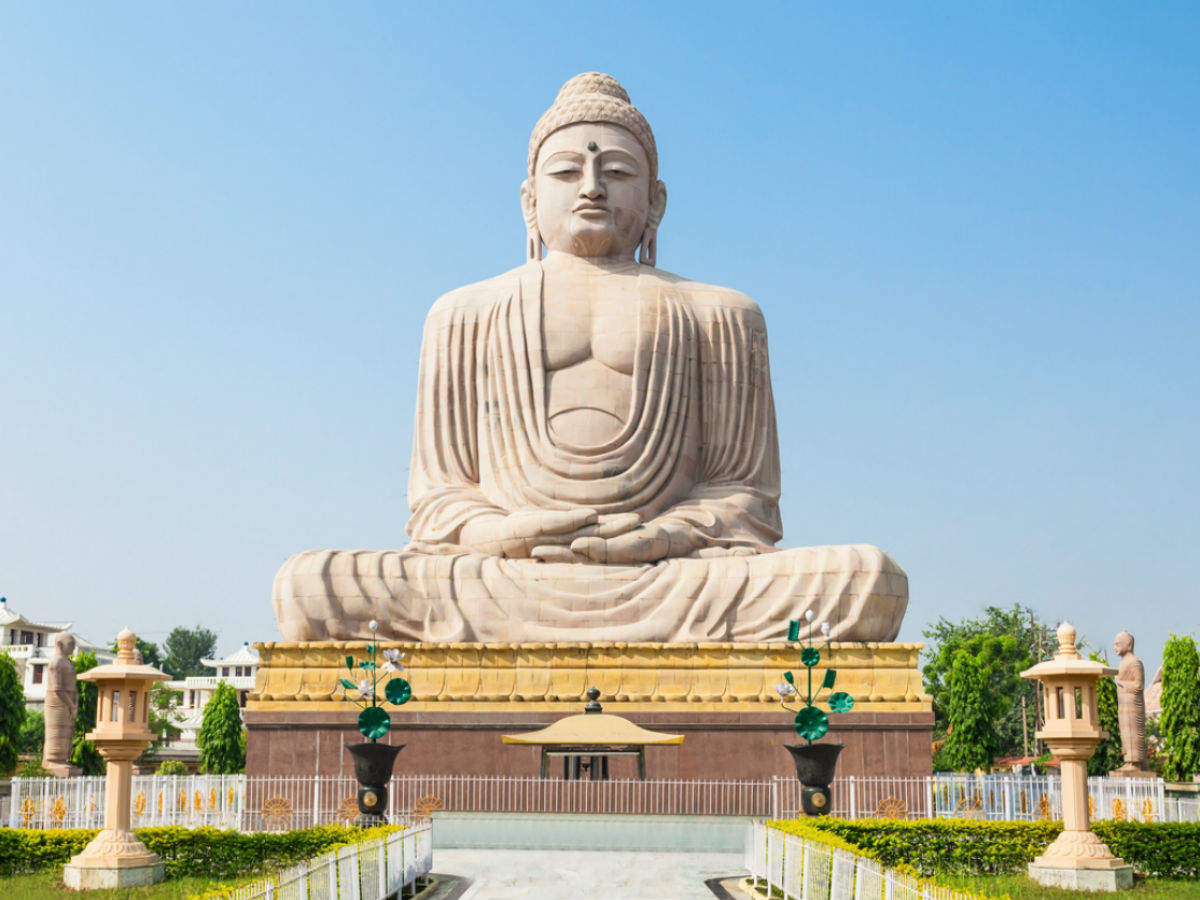Culture Of Bihar
Bihar has a rich cultural heritage. The predominant themes are from the myths and legends of Hinduism. The Hindu deities, Lord Rama and His consort, Seeta, and Lord Shiva and His consort, Parvati, form the main theme of folk paintings. Bihar, a land of many Buddhist Monasteries is also known as 'The Land of Buddha'. The beautiful stories of the ancient times are depicted in the exquisite handicrafts of Bihar. One of the art forms of Bihar, the Madhubani School of Painting, has lately received much attention and poularity.

Bihar has produced a number of writers of Hindi, including Raja Radhika Raman Singh, Shiva Pujan Sahay, Divakar Prasad Vidyarthy, Ramdhari Singh 'Dinkar', Ram Briksh Benipuri, Phanishwar Nath 'Renu', Gopal Singh "Nepali" and Baba Nagarjun. Mahapandit Rahul Sankrityayan, the great writer and Buddhist scholar, was born in U.P. but spent his life in the land of Lord Buddha, i.e., Bihar. Hrishikesh Sulabh and Neeraj Singh (from Ara) are the prominent writer of the new generation. They are short story writer, playwright and theatre critic. Arun Kamal and Aalok Dhanwa are the well-known poets. Different regional languages also have produced some prominent poets and authors. Sharat Chandra Chattopadhyay, who is among the greatest writers in Bengali, resided for some time in Bihar. Upamanyu Chatterjee also hails from Patna in Bihar. Devaki Nandan Khatri, who rose to fame at the beginning of the 20th century on account of his novels such as Chandrakanta and Chandrakanta Santati, was born in Muzaffarpur, Bihar. Bhikhari Thakur is known as the Shakespeare of Bhojpuri. Heera Dom, a Bhojpuri poet has contributed to Dalit literature. Vidyapati is the most renowned poet of Maithili (c. 14–15th century). Satyapal Chandra[1] has written many English best-seller novels and he is one of India's emerging young writer. Despite of the large number of speakers of Bihari languages, they have not been constitutionally recognised in India, except Maithili which is recognised under the Eighth Schedule of the Constitution of India. Hindi is the language used for educational and official matters in Bihar.These languages was legally absorbed under the subordinate label of Hindi in the 1961 Census. Such state and national politics are creating conditions for language endangerment. The first success for spreading Hindi occurred in Bihar in 1881, when Hindi displaced Urdu as the sole official language of the province. In this struggle between competing Hindi and Urdu, the potential claims of the three large mother tongues in the region – Bhojpuri, Maithili and Magahi were ignored. After independence Hindi was again given the sole official status through the Bihar Official Language Act, 1950. Urdu became the second official language in the undivided State of Bihar on 16 August 1989. Bihar also produced several eminent Urdu writers including Sulaiman Nadvi, Manazir Ahsan Gilani, Abdul Qavi Desnavi, Paigham Afaqui, Jabir Husain, Sohail Azimabadi, Hussain Ul Haque, Dr. Shamim Hashimi,Wahab Ashrafi etc.